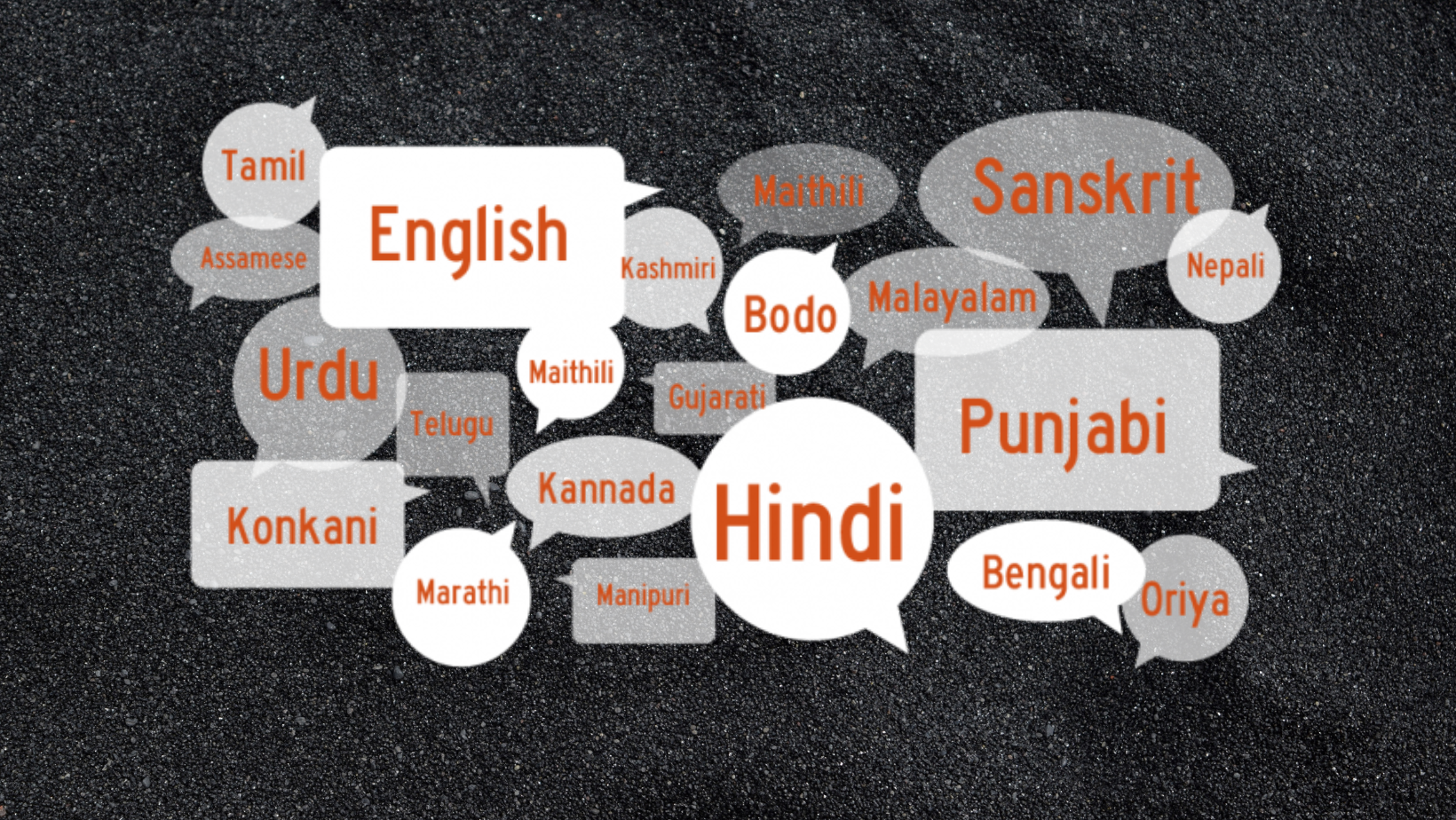IGNCA’s ‘language atlas’ to shine a light on India’s linguistic diversity

- 26 Feb 2024
Why is it in the News?
The Indira Gandhi National Centre for Arts, an autonomous body under the Union Culture Ministry, proposes to conduct a linguistic survey across the country to create a ‘Language Atlas’ of India.
About the Language Atlas of India:
- The Language Atlas of India traces its roots back to the seminal Linguistic Survey of India (LSI) conducted by Sir George Abraham Grierson, which was first published in 1928.
- Since its inception, the linguistic landscape of India has undergone significant transformations, necessitating a comprehensive reevaluation.
- The proposed linguistic survey aims to capture the myriad languages and dialects prevalent across the country, acknowledging the dynamic nature of linguistic diversity.
- It seeks to document not only the languages and dialects actively spoken but also those that have faced extinction or are teetering on the brink of disappearance.
- Engaging a wide array of stakeholders, including the Ministries of Culture, Education, Tribal Affairs, Home, Social Justice and Empowerment, and Development of the North East Region, the survey endeavours to be inclusive and representative of diverse language communities.
- Phased Approach: The Detailed Project Report (DPR) advocates for a structured approach, commencing with state-wise data collection followed by regional assessments.
- Furthermore, the proposal advocates for the preservation of linguistic heritage through the digital archiving of audio recordings encompassing the linguistic richness of the nation.
- Significance: Languages serve as conduits of communication and repositories of cultural heritage, encapsulating local wisdom, traditions, narratives, and medicinal knowledge.
- For instance, many indigenous communities possess indigenous knowledge of medicinal plants and herbs, which are transmitted through generations via their native languages, emphasizing the intrinsic link between language and cultural preservation.
About the Indira Gandhi National Centre for the Arts (IGNCA):
- Established in 1987 as an autonomous institution under the aegis of the Ministry of Culture, the Indira Gandhi National Centre for the Arts (IGNCA) serves as a pivotal hub for research, academic endeavours, and dissemination within the realm of the arts.
- Governance Structure: Operating with a Board of Trustees, the IGNCA convenes regularly to provide overarching guidance and direction for its multifaceted activities.
- Under the stewardship of a Chairman, the Executive Committee, composed of select Trustees, oversees the operational facets of the centre.
- Integral Role in Project Mausam: Embracing its role as a research unit, the IGNCA actively contributes to Project Mausam, a collaborative initiative spearheaded by the Ministry of Culture in partnership with the Archaeological Survey of India (ASI), New Delhi.
- Project Mausam endeavours to explore the intricate tapestry of cultural routes and maritime landscapes that historically linked diverse regions along the Indian Ocean littoral, fostering connections between coastal centres and their hinterlands.
- Engagement in the Vedic Heritage Portal: In alignment with its commitment to cultural heritage preservation, the IGNCA embarks on a project dedicated to designing and developing a Vedic Heritage Portal, under the auspices of the Ministry of Culture, Government of India.
- This portal serves as a digital platform aimed at elucidating the profound messages encapsulated within the Vedas, contributing to the dissemination of ancient wisdom and knowledge.
